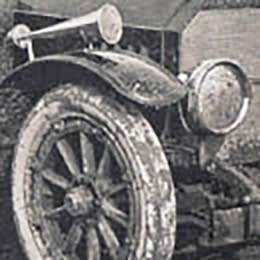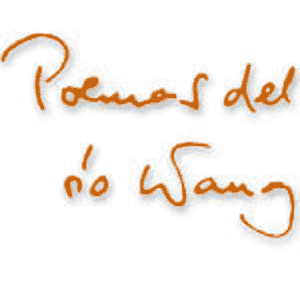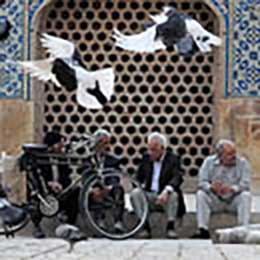 Near Sochaczew during the German invasion of Poland, 1939
Near Sochaczew during the German invasion of Poland, 1939
Seventy-five years ago, on 17 September 1939, after seventeen days of bloody fighting, the Second World War came to a glorious conclusion. Although Poland, which was overrun, heroically defended itself against the German and Slovak army, nevertheless when the Soviet army also crossed the Polish border on 17 September – officially in order to defend the Ukrainian and Belorussian minority, which has been exposed to danger by the irresponsibility of the Polish government, but in reality to take possession of Eastern Poland, which had been allotted to the Soviet Union three weeks earlier in a secret clause of the
Molotov-Ribbentrop Pact – the Polish army, on British advice, gave up resistance, and did not declare war on the Soviet Union. The Polish government fled to allied Romania, where they were locked up in an internment camp. An optimistic part of the Polish army surrendered to the Soviet army in exchange for the freedom to withdraw. A few hours later their officers – about 40 thousand persons – were rounded up and deported to the Soviet Union, where in April 1940 they were massacred in Katyń. The pessimistic part of the Polish army crossed the mountains to Hungary, an ally of Nazi Germany, where, instead of interment camps they were received by a warm welcome, given payments by the state, and – despite the repeated protest of the German embassy – could freely organize themselves, so that about 70 thousand Polish soldiers could continue on their way to France. The triumphant
German and Soviet armies held joint parades in Brest and other towns along the common border, and then the Germans retreated to the area assigned to them by the Molotov-Ribbentrop Pact. The partition of Poland resulted in a new, stable border between the two superpowers, which guaranteed for long decades the peace in Eastern Europe.
 Adolf Hitler views victory parade in Warsaw after the German invasion of Poland, 1939
Adolf Hitler views victory parade in Warsaw after the German invasion of Poland, 1939Poland, quickly pacified, was visited during this time by Hugo Jaeger,
the Führer’s personal photographer, who shot a series of color photos on the post-war state of affairs. In addition to the pictures of the devastation of war, his pictures also show how warmly the people of Poland welcome the relief brought to them by the Wehrmacht, and how quickly Poland, freed from its incompetent leaders, are recovering under the new, responsible German government. Thirty-two of his color photos
were published by Life two weeks ago, on the anniversary of the outbreak of the war. We also publish these images on the 75th anniversary of the rapid completition of the blitz, and the advent of peace in Europe.
 Jewish women and children in Gostynin, Poland, after the German invasion, 1939
Jewish women and children in Gostynin, Poland, after the German invasion, 1939 Refugees near Warsaw during the 1939 German invasion of Poland. (Sign reads, ʻDanger Zone – Do Not Enter.’)
Refugees near Warsaw during the 1939 German invasion of Poland. (Sign reads, ʻDanger Zone – Do Not Enter.’)





























































































Add comment